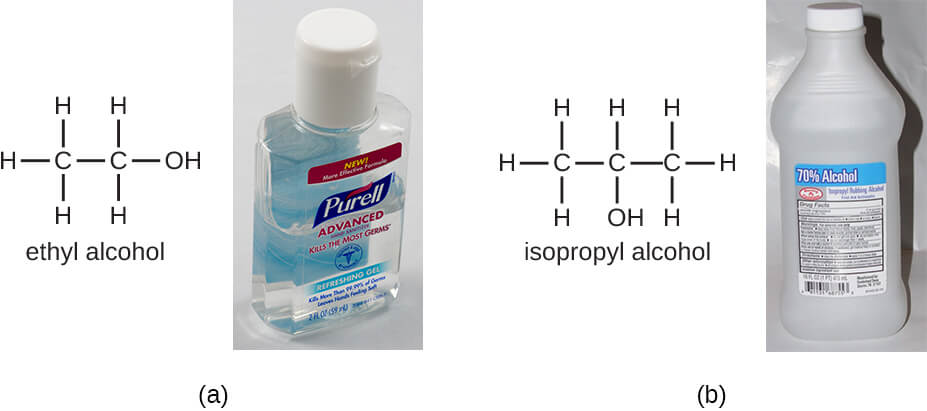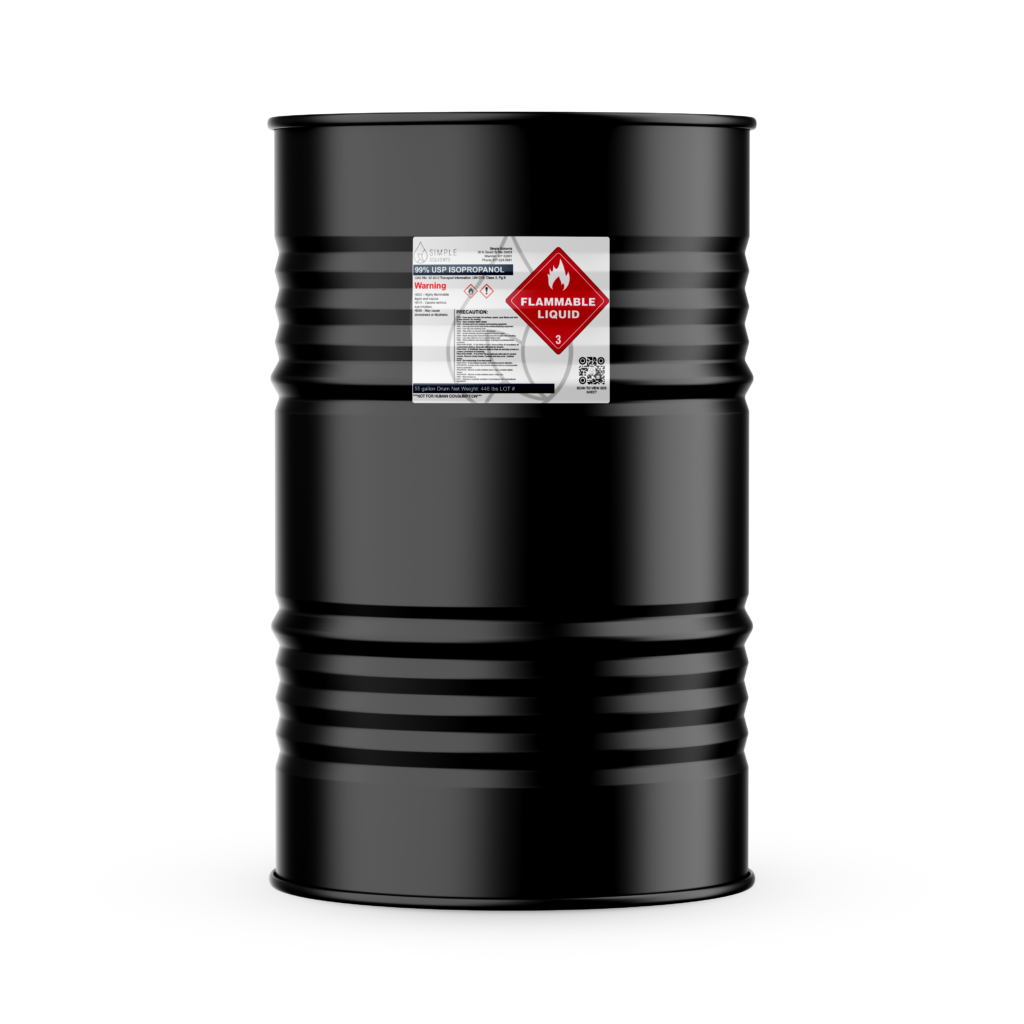Isopropyl vs. Ethyl Alcohol: Uses, Similarities and Differences

Isopropyl vs. Ethyl Alcohol: Uses, Similarities and Differences
One germ can multiply into 8 million germs in a day, and some of those micro-organisms lead to disease causation, especially when you don’t wash your hands. Therefore, you might consider using sanitizers, but the various types present in the market are confusing.
What’s more, you might also need alcohol for home or industrial purposes. And without knowing the similarities, differences, and uses, you might end up making the wrong buying decision. But that doesn’t have to happen.
This article will inform you all about isopropyl and ethyl alcohol. Read on.

The Chemistry of Isopropyl vs. Ethyl Alcohol
Chemists refer to ethyl alcohol as primary alcohol because it has two carbon atoms in its molecular structure. Moreover, the solvent boils at 78 degrees Celsius. In contrast, scientists call isopropyl alcohol secondary alcohol because it has three carbon atoms. IPA boils at 82 degrees Celsius.
Experts recommend using 65-95% isopropyl or ethyl alcohol. That proposal is based on the fact that 100% alcohol may be ineffective as its evaporation rate doesn’t allow for penetration into the bacteria wall to cause damage. And that’s why companies prefer to add water or an oil base to prolong and increase the quality of the sanitizing effect.
How are Isopropyl and Ethyl Alcohol Manufactured?
Beer distilleries make ethyl alcohol from the fermentation of grain or barley using yeast. The industries then distill and refine the end product to ensure safe consumption.
Companies manufacture IPA by adding water to propylene in a hydration reaction and then separating the end products through distillation.
Uses of Isopropyl vs. Ethyl Alcohol
You can use Isopropyl alcohol as a sanitizer in cosmetics, lotions, paint thinners, perfumes, cleaning supplies, and mouth wash. You’ll also find the alcohol in first aid kits at home for use in cleaning minor wounds and scrapes.
The most available form of ethyl alcohol is whiskey, beer, or vodka. Companies may also denature ethyl alcohol to make hand sanitizers by adding toxic compounds such as methanol, benzene, pyridine, etc. The additives contribute to the sanitizers’ bad taste and odor, rendering them non-consumable to the general population.
People also use ethanol to manufacture varnishes, perfume, or preserve biological specimens. Bakers use the solvent to prepare essences and flavorings, while pharmacists use it as a preservative in drugs and disinfectants. Oil companies utilize alcohol as a fuel and gasoline additive to provide anti-knocking properties.
Similarities of Isopropyl vs. Ethyl Alcohol
Whether you use isopropyl or ethyl alcohol, they are efficient in antimicrobial activities against fungi, bacteria, and viruses. They do that by penetrating the microbial cell wall and causing the destruction of the cell membrane proteins. That weakens the germ structure, causing the micro-organism to lose cellular contents and eventually die.
Differences Between Isopropyl vs. Ethyl Alcohol
People who use ethyl alcohol also complain of having dry, tight skin compared to isopropyl alcohol, slightly tolerant of the skin. That’s because when you apply IPA, it dries on the skin faster than ethyl alcohol, and that’s why companies in the beauty industry prefer using the solvent. However, even though rubbing alcohol is safer, it still causes redness, itchiness, and cracking of the skin when used in large amounts.
In terms of effectiveness against certain viruses and bacteria, you would achieve a better result using 40-60% isopropyl alcohol than if you used ethyl alcohol.
Tips to Remember
When you consume ethanol, it’s metabolized to acetaldehyde in the liver. The metabolic end product is harmful to the body, therefore drink alcohol responsibly.
IPA causes alcohol poisoning because your body absorbs 80% of the solvent in 30 minutes. Moreover, the liver metabolizes IPA at a slower rate than ethanol, and therefore it stays in your body longer. That effect contributes to liver failure and burns your internal organs, which could be fatal. For that reason, don’t drink it.
When you clean metal surfaces using rubbing alcohol, the solvent produces an excellent result. That effect is advantageous because IPA has a hydrophobic part that dissolves oils and grease stains.
However, note that some oil layers on metals are protective. Therefore remember to add fresh oil after cleaning with IPA to safeguard your items.
Conclusion
Isopropyl and ethyl alcohol have similarities in that they are both cleaning and disinfectant agents. However, the solvents differ in the chemical structure when looked at closely.
You’ll find that one alcohol is better than the other. For example, IPA is tolerable on the skin, and that’s why the cosmetic industry prefers using Isopropyl alcohol instead of ethanol. Therefore, buy the solvent that suits your needs and follow the instructions of use carefully.
